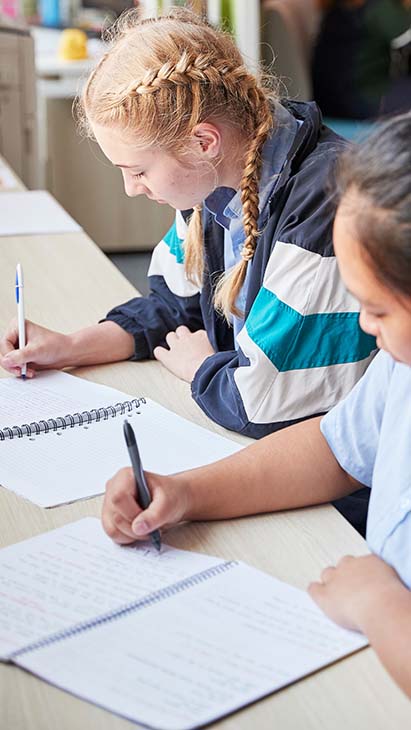When you are being bullied
Bullying significantly impacts a student’s sense of safety and wellbeing. Some students may not know how to ask for help, particularly if they experience social or communication challenges, or they have an intellectual disability. This script can support students to respond to or seek help when bullying occurs.
How to use this script
Teachers can provide this script to all students to ensure they can access support when needed. Teachers can discuss with students that bullying is a repeated behaviour that causes harm. Some students may need clear explanation that when they are harmed physically by another student, they should seek help immediately.
What is bullying?
Bullying has three key features. It involves a misuse of power in a relationship, is intentional, ongoing, repeated and involves behaviours that can cause harm.
Bullying can be physical, verbal, or social. Bullying can be easy to see (overt), or hidden (covert).
Overt bullying
Overt bullying involves physical actions such as punching or kicking or observable verbal actions such as name-calling and insulting. Overt, direct, physical bullying is a common depiction of bullying (this is sometimes called 'traditional bullying').
Covert bullying
Covert bullying can be almost impossible for people outside the interpersonal interaction to identify. Covert bullying can include repeatedly using hand gestures and weird or threatening looks, whispering, excluding or turning your back on a person, restricting where a person can sit and who they can talk with.
Bullying can be by direct or indirect
Direct bullying occurs between the people involved, whereas indirect actions involve others, for example passing on insults or spreading rumours.
Indirect bullying mostly inflicts harm by damaging another's social reputation, peer relationships and self-esteem.
Bullying can also happen online using technology such as the internet or mobile devices. This is known as online bullying or cyberbullying.
You can refer to anti-bullying for more support in the prevention, early intervention or response to bullying behaviours.

School Excellence Framework alignment
Wellbeing
Australian Professional Standards for Teachers alignment
Standard 1: Know students and how they learn
Audience
Secondary teachers, students
Purpose
This resources has been designed for teachers to support students to ask for help when being bullied. This resource includes a script for students to identify ways to communicate their needs to a trusted teacher.
Reviewed
November 2021. Share your feedback here